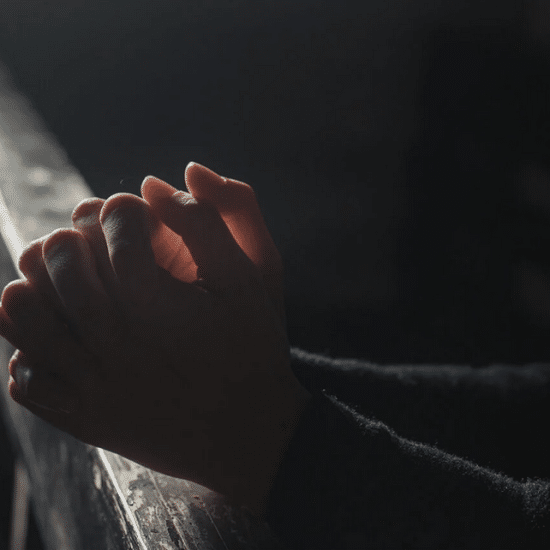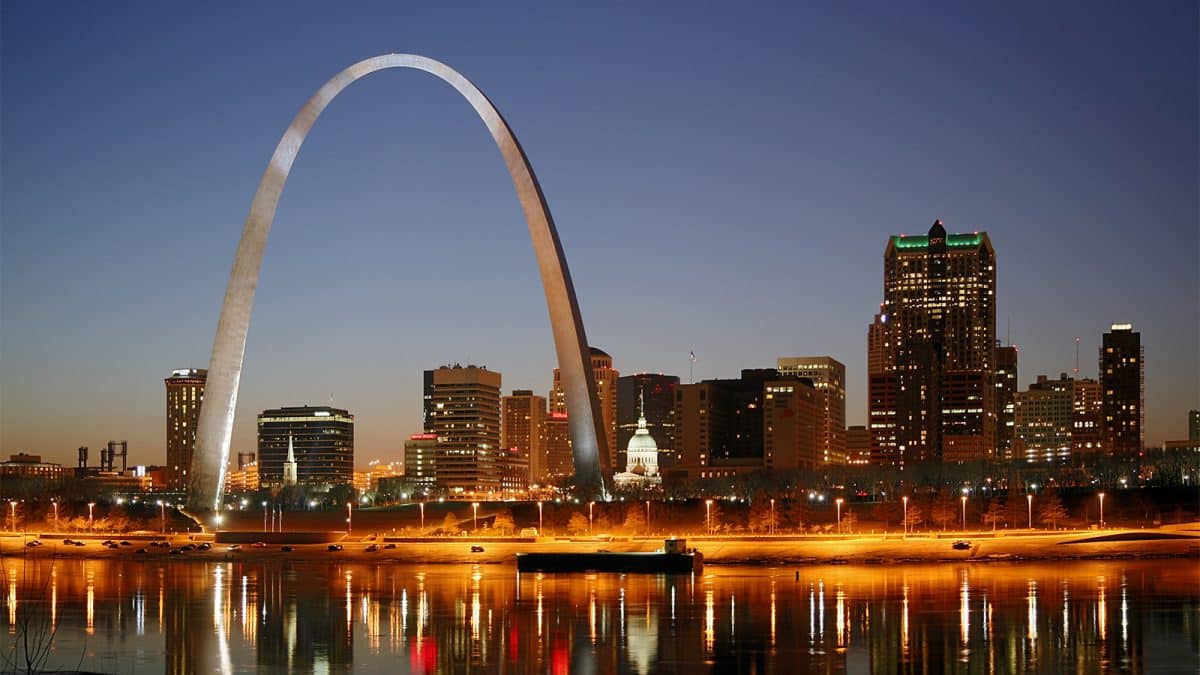
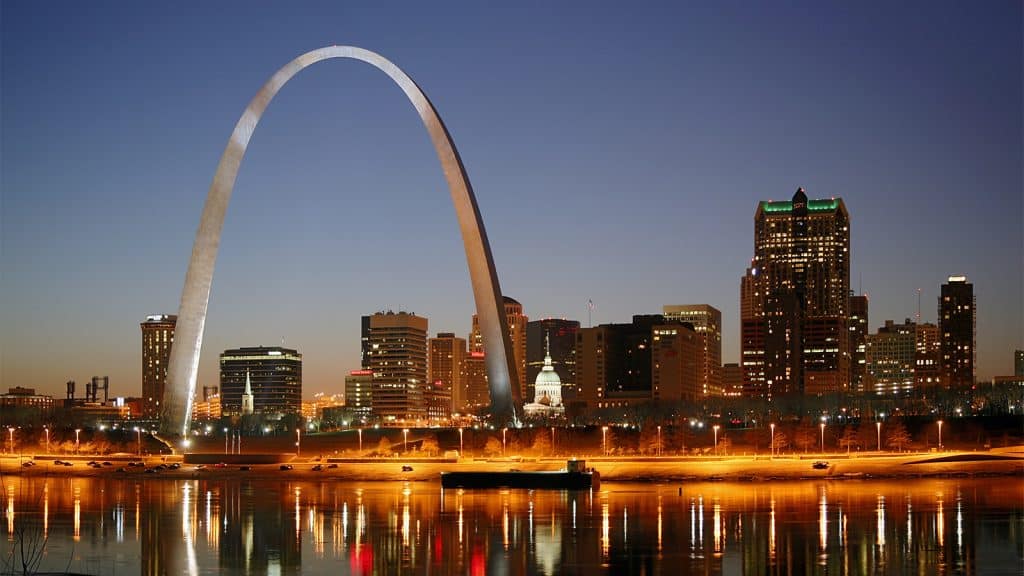
Researchers at Saint Louis University are studying religious life in the St. Louis area. Photo by Daniel Schwen/Creative Commons
ST. CHARLES, Mo. (RNS) — Perched on his mat in the back corner of the room, Adam Park performed a series of yoga poses just like the others: Downward-facing dog, Warrior 1, Child’s pose.
Unlike the others, the adjunct professor at St. Louis University was there mostly to observe and ask questions. At a later date he may return with a camera and audio recorder.
The yoga routine practiced at Selah Yoga, a Christian yoga studio in a commercial center near Route 94, resembles many others. But with about five minutes remaining in the class, studio owner and instructor Risha Hoffman offered up a quote from the New Testament Book of Romans: “Therefore, I urge you, brothers and sisters, in view of God’s mercy, to offer your bodies as a living sacrifice, holy and pleasing to God — this is your true and proper worship.”
Park is a fellow with a novel project called Lived Religion in the Digital Age. The SLU project uses photos, interviews and other data to map religious happenings around the city. The idea is to capture the varieties and complexities of religious practices — some in conventional religious spaces such as churches and others at places such as Busch Stadium, a baseball park in St. Louis — to build a better understanding of the way religion is lived.
“It’s my style to come in very informally and make friends first,” before bringing a camera or audio recorder, said Park, one of the project’s many investigators.
Lived Religion is a method of studying religion that focuses on religious practices and beliefs in everyday life — not only those that take place in a church or during a religious celebration.
Robert Orsi, a professor of religious studies at Northwestern University, first popularized the field with the publication of his 1985 book, “The Madonna of 115th Street: Faith and Community in Italian Harlem, 1880-1950,” a portrait of a community and its annual religious festival.
Other scholars have applied the methodology to other aspects of religious life. In 2015, Michigan State and Ohio State universities launched the American Religious Sounds Project, a kind of “sonic archive” of recordings, interviews and oral histories related to religion that is now available to the public. Titles of recordings include “Muslim voter mobilization – rally” and a “BikerFest— sermon.”
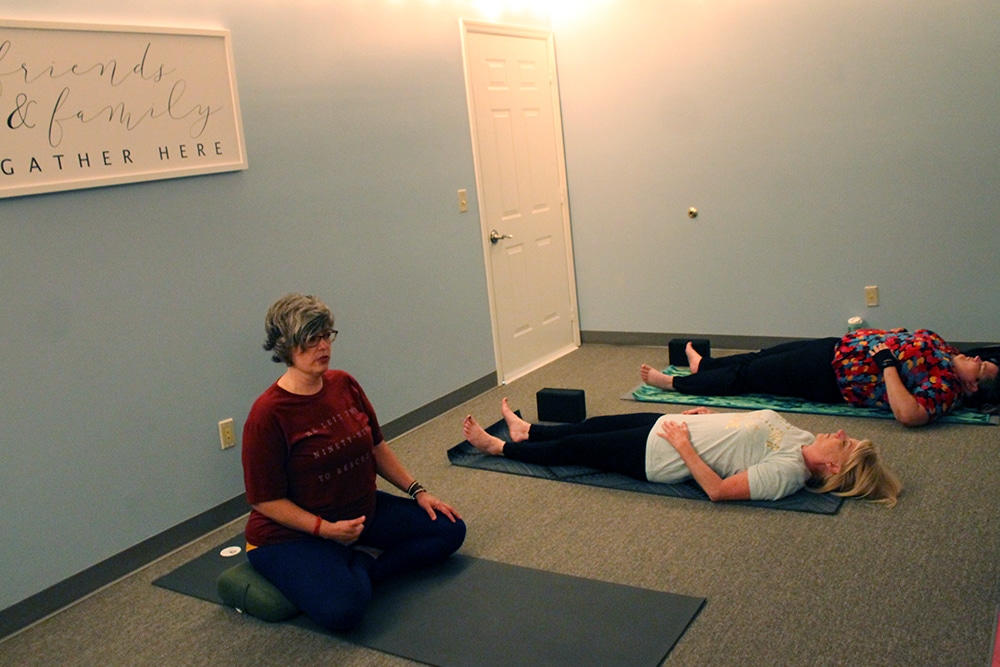
Risha Hoffman, left, the owner of Selah Yoga, a Christian yoga center in St. Charles, Mo., leads a class on Aug. 21, 2019. RNS photo by Eric Berger
The SLU project differs in part from previous lived religion efforts by emphasizing location — St. Louis — and focusing on “how religion is built into the experiences and structures of this particular place,” said Rachel Lindsey, a professor of religion who launched the initiative at the start of the 2018-2019 school year.
“What our project seeks to do is to reposition or continue to position religion as a part of the human experience,” said Lindsey, who also teaches a class called Arch City Religion about religion in St. Louis.
Lindsey and her co-director, Pauline Lee, a SLU professor of Chinese religions and culture, received a $400,000 grant from the Henry Luce Foundation for the project. They have used faculty, undergraduate and graduate students to collect data.
Park said he wanted to study Selah Yoga, formerly known as Christian Twist Yoga, because of his interest in the ways evangelicals are looking to events or causes like yoga classes and sporting events to reach a broader audience.
“Yoga is one of those many, many practices that evangelical Christians in particular have latched onto as a way to cultivate their personal relationship with God as well as to spread the message,” he said.
Some Christian leaders oppose yoga because of its non-Christian Hindu roots. Last year, the pastor of James River Church, a megachurch in Ozark, Missouri, gave a sermon in which he said practices such as yoga were designed to “open you up to demonic power.”
Hoffman, the owner of Selah, is aware of that opposition and said she opened her studio because she wanted to suggest that it’s OK to be a Christian who practices yoga. (She renamed her studio “Selah,” a mysterious word that appears mostly in the Book of Psalms and whose meaning is poorly understood, because it seemed more neutral than “Christian Twist.”)
Rather than concluding her classes with the traditional “namaste,” the Sanskrit word that roughly means, “I bow to you,” Hoffman uses “shalom,” the Hebrew word for hello, goodbye and peace.
Park, who is also working on a book about Christian fighters in boxing and mixed martial arts, had visited the yoga studio once before and was still trying to learn more about its participants — what churches they go to, how else they are networked — before returning to take pictures, record audio at the studio and/or write “thick descriptions,” a term used in social sciences for a scientific observation of human behavior.
About 250 students have collected between 700 and 800 data samples since the program launched, but not all of that will be included in the online database. The researchers have also been soliciting submissions online (“We invite people of all ages and identities to submit original photographs of religion — whatever that means to you”) and plan to use the crowdsourced photos at an exhibit in the fall.
Park envisions the final product as an “online curated museum” that will “raise awareness of the cultural diversity, cultural nuance, individual tales” of practicing religion in St. Louis.
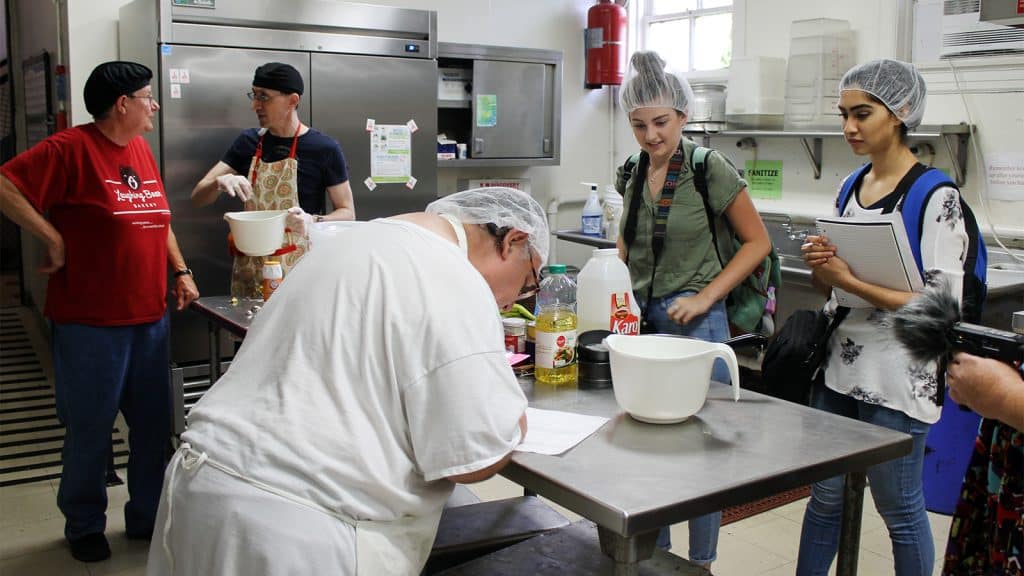
Students and researchers from St. Louis University, right, study practices at Laughing Bear Bakery in St. Louis in July 2019. RNS photo by Eric Berger
Riley Mack, a junior journalism major, has investigated lived religion in such places as the St. Louis Zoo and a sculpture and dog park. Sometimes she conducts interviews; other times she just records ambient sounds and takes photos.
“A lot of St. Louis families treat going to the zoo as a tradition, going every summer or going once a month,” said Mack. And the dog and sculpture park “is a place that people go every week, and it’s the same regulars, and they take their dogs with them, and people just get along so well because they have something in common as soon as they walk in the gates.”
She sees that as religious because of the “tradition aspect of it, coming back every week and gathering with the same people.”
Orsi said examining the zoo as a religious phenomenon is a way of being attentive to the possibility that religion exists in places where it was not necessarily thought to be.
That could also include the repurposing of a religious institution originally intended for one practice, like Centenary United Methodist Church. In July, Lindsey, Mack and another SLU student toured the downtown St. Louis building, which in addition to functioning as a church also houses Laughing Bear Bakery, a nonprofit launched in 2015 to provide ex-felons employment and job skills after they are released from prison.
“When we think about religion in a city, we think about what church is on what street or where the Hindu temple is — the Google map version of what religion in a city is — and that’s certainly a helpful point of entry into the conversation,” said Lindsey. “But that doesn’t really tell us what’s going on inside the building.”
Kalen McAllister, a Buddhist priest and former prison chaplain, employs as many as 13 bakers and pays them $11 an hour.
“There are a lot of people in (prison) who just need a chance, and they come out with absolutely nothing,” said McAllister.
She led the SLU researchers with their cameras and audio recorders on a guided meditation and then provided a tour of the 1869 church.
Lindsey said the church is a site worth documenting for the Lived Religion project because there’s so much going on there.
“You have these stories of Buddhism and social justice all happening in the same place and in conversation with each other, and it’s hard to think about this using the categories that we typically use to study religion,” she added. “What we’re trying to do is figure out a way of doing that.”

